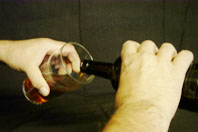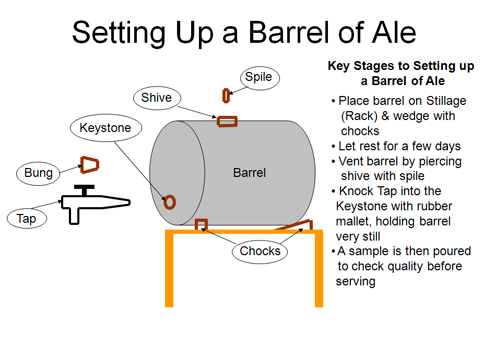What is bottle-conditioned beer?
Cask-conditioned beer, or real ale as it is often called, goes through a primary and a secondary fermentation process. The primary process takes place in the brewing vessels within the brewery, and the secondary process within the casks after the beer has been drawn off. This gives real ales their distinctive flavours.
Bottled beers on the other hand have traditionally been through the primary fermentation process, but the beer is then pasteurised and filtered before bottling, so the beer is not exactly the same as might be if served in a pub.
For some years there has been a small but growing demand for bottled beer that has been through both fermentation stages.
How is bottle-conditioned beer brewed?
The first stage is the same as described above. However, rather than the beer being pasteurised before bottling, it is put into bottles and then allowed to continue the fermentation process to completion.
A characteristic of such beer is the distinctive small amount of yeast found in the bottom of each bottle.
|
 |
How to serve bottle-conditioned beer
The best temperature at which to serve the beer is between 10ºC and 12ºC, ( 50º to 55ºF). If it is served colder temperatures the beer can appear hazy, although it will be perfectly drinkable. Some of the flavours may however be subdued. To avoid stirring up the yeast deposit, the bottle should not be shaken or laid on its side, but poured slowly, leaving the sediment in the bottle. |
|
 |



